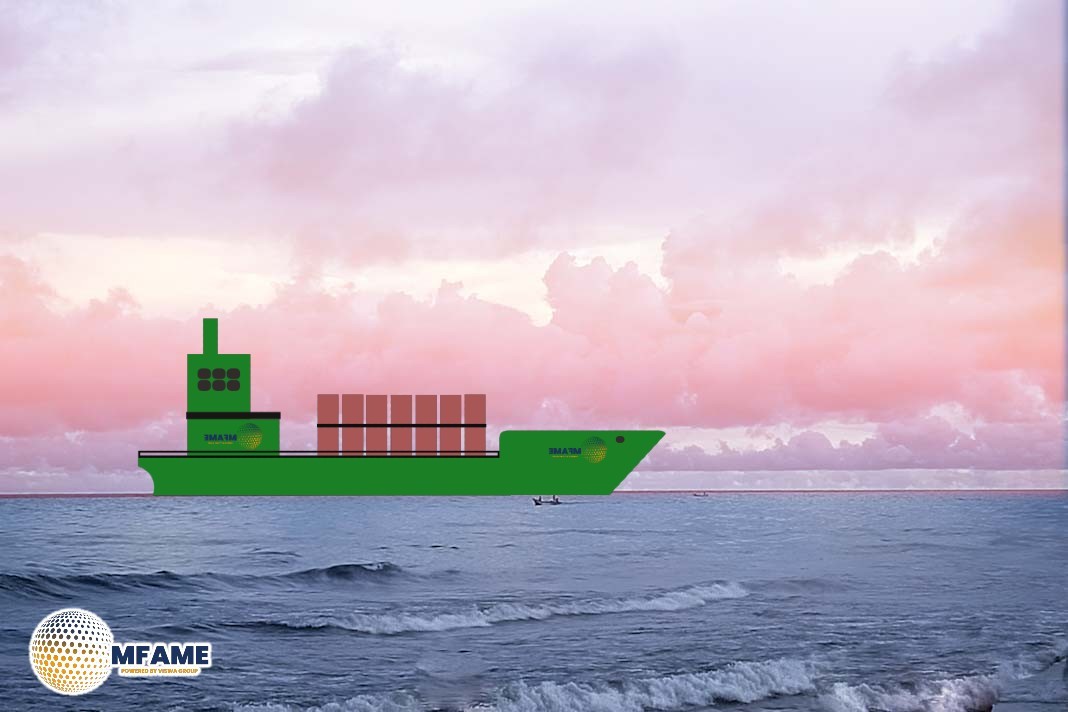- Ship Recycling at Alang Drops to 15-Year Low.
- Only 113 Ships were Scrapped at Alang in FY25, Marking a Steep Decline.
- High Freight Rates and Weak Steel Prices Slow Down Alang’s Shipbreaking.
The Alang-Sosiya ship-breaking yard in Gujarat’s Bhavnagar district has posted its lowest ship recycling in over a decade in the financial year 2024–25. Just 113 ships were beached for scrapping a sharp decline from the yard’s previous peak of some 400 to 415 ships annually. This is a sharp dip in activity for the world’s most enormous ship-breaking yard, reports Marine Insight.
Drop in Light Displacement Tonnage
A government official in Gujarat confirmed that the 113 ships dismantled at Alang-Sosiya during FY25 totalled a combined Light Displacement Tonnage (LDT) of 10.06199 lakh. LDT is the weight of the hull, machinery, equipment, and spares of a ship and is the industry standard measurement in ship recycling deals. By comparison, the yard dismantled 125 ships in FY24 with an LDT of 9.44069 lakh, while FY23 experienced 131 ships with a collective LDT of 11.47480 lakh. The statistics reflect a trend that is volatile but generally falling over the recent past.
Industry Factors Behind the Decline
There are several factors involved that have been responsible for the decline. Steep freight rates have motivated shipowners to retain older vessels in service instead of retiring them for scrapping. This has diminished the supply of ships to dismantle considerably. Dr Anand Hiremath, Global Marketing Systems Inc (GMS) Chief Sustainability Officer for a Dubai-based firm identified as the world’s leading ship buyer to recycle, commented that strong freight returns have dissuaded the retirement of old vessels. Apart from that, poor domestic steel prices and unstable USD-INR exchange rates have also hampered Indian buyers in providing competitive prices in the international market.
A Glimpse of Hope: MV True Confidence
The slowdown apart, there are hints at possible revival. The MV True Confidence, a bulk carrier flying the flag of Barbados that was badly damaged in a missile attack by Houthi rebels in the Red Sea, is likely to arrive at Alang in the next two months. The attack, which took place a year back, rendered the ship beyond repair and took three lives. Anchored in the UAE at present, the vessel is being auctioned by an Indian buyer. Haresh Parmer, owner of the scrapyard and secretary for the Ship Recycling Industries Association (India), expects its arrival to be a turning point for the yard.
Effect on Local Business and Markets
The reduction in ship arrivals has also had a domino effect on the cosmopolitan second-hand market in Alang. Popular for selling salvaged marine gear and industrial commodities, the market too has felt a decrease in activity. With fewer vessels being dismantled, numerous vendors have had to resort to imported Chinese items and locally manufactured products to keep their businesses afloat. Some yards are now virtually idle, with guards and maintenance personnel holding out for new ships. In a few active lots, shipbreaking is still occurring, with giant ships being hacked open in a dramatic manner.
A Legacy Yard of International Significance
Established in 1983 by Captain N. Sundaresan, the Alang yard runs approximately 14 kilometres along the Gulf of Khambhat and has extended towards Sosiya over time. The Alang-Sosiya complex combined now comprises 183 ship-breaking plots and has a total capacity of 4.5 million LDT. The complex has received a diverse range of vessels, including supertankers, container ships, car ferries, and a progressively decreasing number of ocean liners. At its highest level in FY2011–12, the yard broke down 415 ships, and the current number of 113 ships is barely 25 per cent of its capacity.
A Special but Limited Operation
Alang shipbreaking is mostly achieved through manual labour. Ships are intentionally run aground at high tide and dismantled slowly as the tide ebbs. Although the scrapyards are closed to the public and photography is forbidden, the adjacent market area is open to tourists. This provides a partial but interesting glimpse into an industry of international importance that mixes hard physical work with the strategic economics of recycling giant ships.
Did you subscribe to our daily Newsletter?
It’s Free Click here to Subscribe!
Source: Marine Insight



















